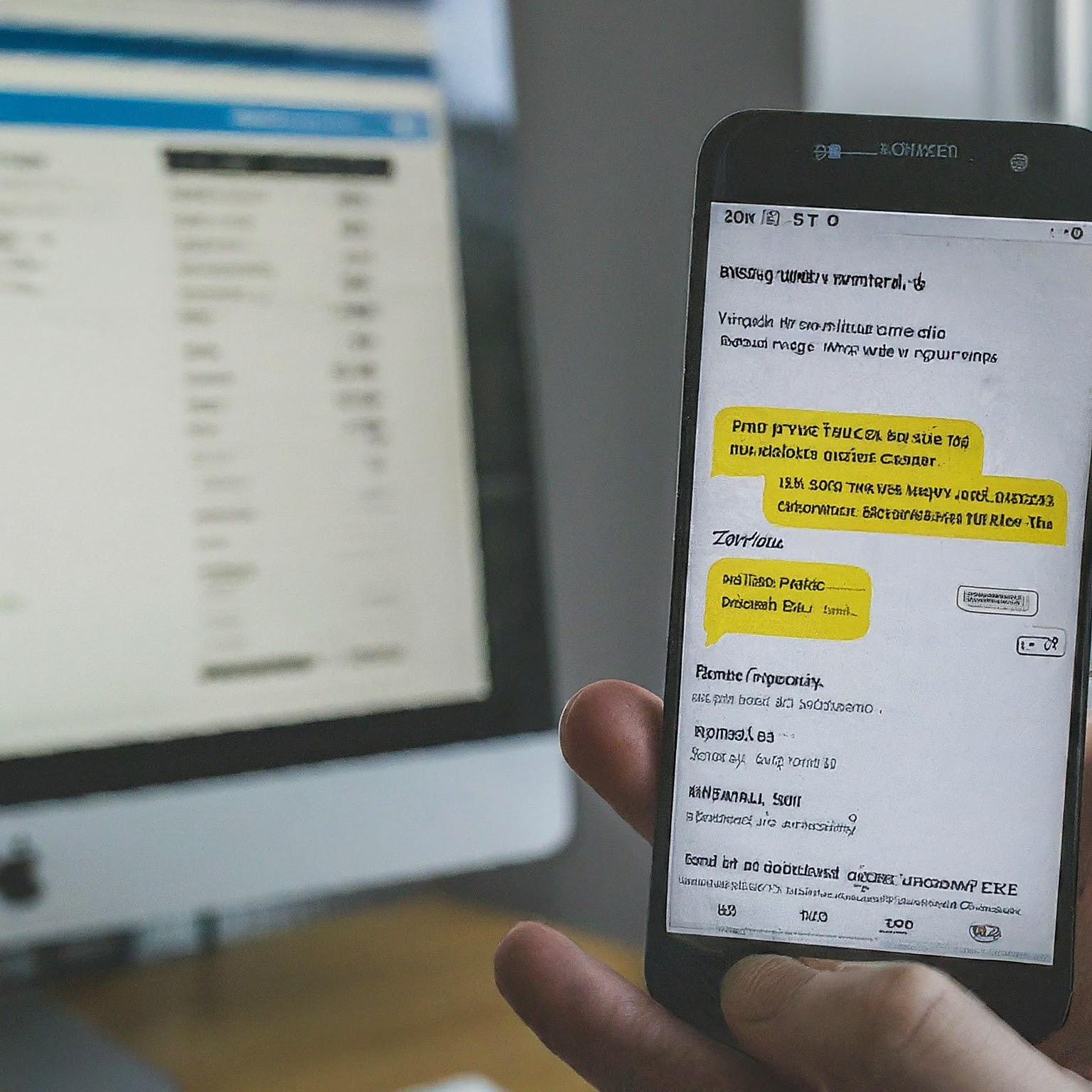In today’s digital age, text messaging reigns supreme as the preferred method of communication for many. But a lingering question often arises: can you see texts on your phone bill? This seemingly simple query unveils a complex interplay between technology, carrier practices, and privacy concerns. This article delves into the intricacies of phone bills, exploring what information they reveal about your texting habits and what remains hidden.

Demystifying Phone Bills: A Breakdown of What’s Included
Phone bills serve as a detailed breakdown of your mobile service usage for a specific billing period. They typically encompass the following elements:
Billing Summary: This section provides a high-level overview of your charges, including your monthly plan fee, additional usage charges, taxes, and surcharges.
Call Details: This section meticulously lists all incoming and outgoing calls made during the billing period. It usually includes the date, time, duration, and phone number of the recipient.
Data Usage: This section reflects the total amount of data consumed on your phone during the period. This data encompasses various activities like web browsing, streaming, and using messaging apps.
Text Messaging Details (Depending on Carrier): Here’s where the plot thickens. While some carriers explicitly showcase text message details, others might not. This inconsistency hinges on the type of text message sent.
Unveiling the Nuances: SMS vs. MMS and iMessage
Understanding the distinction between SMS (Short Message Service), MMS (Multimedia Messaging Service), and iMessage (Apple’s proprietary messaging platform) is crucial to deciphering your phone bill’s text-related information.
SMS: Traditional text messages, limited to 160 characters and basic text content, are often displayed on phone bills from some carriers. They might show the phone number you texted and the number of messages sent/received.
MMS: MMS messages, allowing multimedia content like pictures and videos, might not be explicitly listed on phone bills. They typically fall under the umbrella of data usage.
iMessage: Apple’s iMessage uses data for sending texts between Apple devices. Since it doesn’t utilize the traditional SMS network, it wouldn’t be reflected as individual text messages on your bill. It would simply contribute to your overall data usage.
Carrier Variations: A Look at Different Practices
The way carriers present text message details on phone bills can vary significantly. Here’s a glimpse into some common practices:
Carriers Displaying Text Details: Some carriers, particularly for older plans or pay-as-you-go options, might showcase the number of sent and received SMS messages alongside call details. This allows for a more granular understanding of your texting activity.
Carriers Displaying Only Data Usage: Many carriers, especially with newer plans
offering unlimited texting, might only reflect the total data consumed during the billing period. This data encompasses various activities, including text messages, making it impossible to discern individual text usage.
Pro Tip: To gain clarity on how your specific carrier handles text message details on phone bills, it’s recommended to consult their website or contact customer service directly.
Beyond the Bill: Where Text Message Content Resides
While phone bills don’t reveal the actual content of your text messages, it’s important to remember that your carrier likely stores this information for a specific period. Data retention policies vary by carrier and are subject to relevant regulations. However, law enforcement or a court order could potentially grant access to this data.
Privacy Considerations and Alternative Communication Methods
The limited visibility of text message content on phone bills offers a layer of privacy for your communication. However, if you prioritize complete privacy, consider exploring alternative communication methods:
Encrypted Messaging Apps: Several messaging apps offer end-to-end encryption, ensuring only the sender and recipient can see the message content. Popular options include Signal, Telegram (with Secret Chats enabled), and WhatsApp.
Remember: Even with encrypted messaging apps, metadata like timestamps and phone numbers might still be accessible to the service provider.
Burner Phones: For truly ephemeral communication, some individuals resort to burner phones, which are disposable pre-paid phones used for a limited time. However, this approach raises concerns about traceability and legal implications.
Important Note: Always exercise responsible communication practices and adhere to relevant laws and regulations, regardless of the chosen platform.
Can you see texts on your phone bill? The answer hinges on a combination of factors like the type of text message, your carrier’s practices, and your specific phone plan. While phone bills might not expose the actual message content, they can offer insights into your overall texting activity in some cases.


